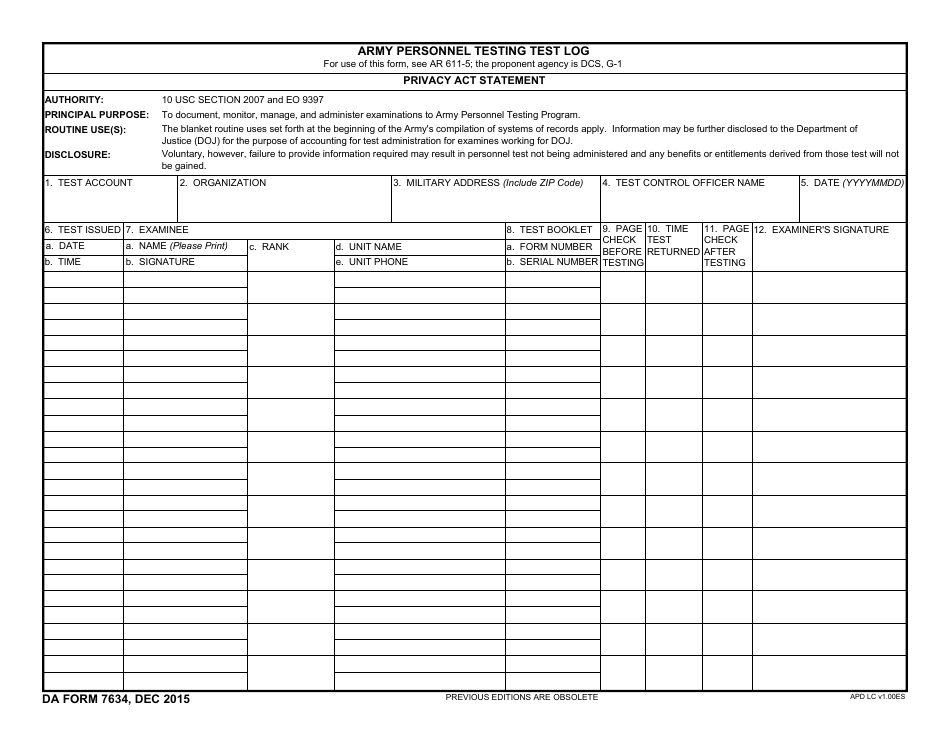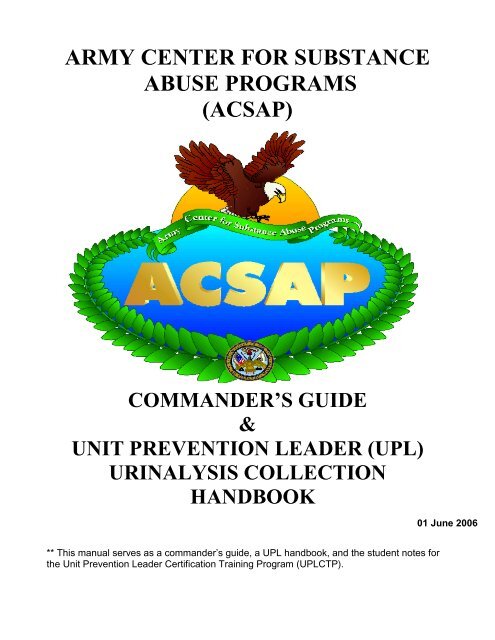Army Upl Regulation : What it is
Understanding the Army UPL Regulation: What It Is and Why It Matters
The United States Army is deeply committed to maintaining the health, welfare, and readiness of its personnel. One crucial aspect of this commitment is the prevention and deterrence of substance abuse within its ranks. To achieve this goal, the Army implements various policies and regulations, one of which is the Army Unit Prevention Leader (UPL) Regulation.
What is the Army UPL Regulation?
The Army UPL Regulation is a set of guidelines and procedures that mandate the appointment and responsibilities of Unit Prevention Leaders within Army units. These leaders play a critical role in preventing drug and alcohol abuse among Army personnel through education, deterrence, and enforcement.
The Role of the Army UPL
As the title suggests, the UPL serves as a leader and educator within their respective units, working closely with commanders, soldiers, and other personnel to promote a culture of substance abuse prevention.
The Importance of the Army UPL Regulation
The Army UPL Regulation is vital for several reasons:
1. Ensuring Mission Readiness
A key objective of the Army UPL Regulation is to maintain the readiness of the force. Substance abuse can have severe consequences for individual soldiers and can negatively impact unit cohesion and efficiency. By appointing UPLs and enforcing prevention measures, the Army aims to mitigate these risks and sustain combat readiness.
2. Protecting Soldiers' Health and Wellbeing
Substance abuse can have detrimental effects on a soldier's physical and mental health. The Army UPL Regulation helps safeguard the wellbeing of soldiers by educating them about the dangers of drug and alcohol abuse and providing resources for treatment and rehabilitation.
3. Promoting a Responsible and Professional Culture
The Army prides itself on maintaining a culture of professionalism, accountability, and discipline. Substance abuse undermines these core values and can lead to a breakdown of trust and integrity. With the help of UPLs, the Army fosters a responsible and professional culture that prioritizes the well-being of its personnel.
Frequently Asked Questions
Q: How are Unit Prevention Leaders appointed?
A: Unit Prevention Leaders are appointed by the unit commander based on specific criteria and qualifications outlined in the Army UPL Regulation. Typically, individuals with a strong commitment to substance abuse prevention and relevant experience are selected for this important role.
Q: What are the primary responsibilities of a Unit Prevention Leader?
A: Unit Prevention Leaders have a wide range of responsibilities, including:
- Conducting unit-level drug testing
- Developing and implementing substance abuse prevention training
- Educating soldiers about the effects of drug and alcohol abuse
- Providing guidance and support for soldiers struggling with substance abuse
- Monitoring and enforcing policies related to substance abuse prevention
Q: How does the Army UPL Regulation support soldiers in need of treatment?
A: The Army UPL Regulation recognizes that substance abuse is a health issue that requires appropriate treatment and support. UPLs play a vital role in connecting soldiers with the necessary resources and counseling services to address their substance abuse problems.
Conclusion
The Army Unit Prevention Leader (UPL) Regulation is a crucial component of the Army's mission to maintain a drug-free and ready force. Through the guidance and efforts of UPLs, soldiers are educated, supported, and empowered to make responsible decisions regarding substance abuse. By understanding and adhering to the Army UPL Regulation, units can better protect the health, welfare, and readiness of their personnel, fostering a culture of professionalism, discipline, and accountability within the Army.
Disclaimer: This article is for informational purposes only. It is not an official Army publication and should not be considered as legal advice or endorsement of any specific regulations or policies. Please consult the official Army publications and regulations for the most accurate and up-to-date information.
Image Credits:
Image 1:

Image Source: Link
Image 2:

Image Source: Link
DA Form 7634 Download Fillable PDF Or Fill Online Army Personnel
 Image Source : www.templateroller.com
Image Source : www.templateroller.com personnel templateroller
Army Combats Alcohol Abuse With Aggressive Testing, Education | Paths
 Image Source : www.newsminer.com
Image Source : www.newsminer.com army abuse alcohol training testing newsminer substance wainwright fort prevention sgt sealing bottles practiced ransom labeling floyd leader packaging become
DVIDS - News - Hawaii Army National Guard Unit Prevention Leader (UPL
 Image Source : www.dvidshub.net
Image Source : www.dvidshub.net Army Substance Abuse Program Regulation - Fight Abused
 Image Source : fight-abused.blogspot.com
Image Source : fight-abused.blogspot.com Army Substance Abuse Program Regulation - Fight Abused
 Image Source : fight-abused.blogspot.com
Image Source : fight-abused.blogspot.com Complaints/Discipline - Attorney Regulation Counsel
upl process resources understanding ordered faqs rules overview stop those contact
Army Substance Abuse Program Regulation - Fight Abused
 Image Source : fight-abused.blogspot.com
Image Source : fight-abused.blogspot.com Commanders/UPL Handbook - Fort Sam Houston - U.S. Army
 Image Source : www.yumpu.com
Image Source : www.yumpu.com upl handbook commanders
Commanders/upl handbook. Army abuse alcohol training testing newsminer substance wainwright fort prevention sgt sealing bottles practiced ransom labeling floyd leader packaging become. Army combats alcohol abuse with aggressive testing, education. Army substance abuse program regulation. Da form 7634 download fillable pdf or fill online army personnel